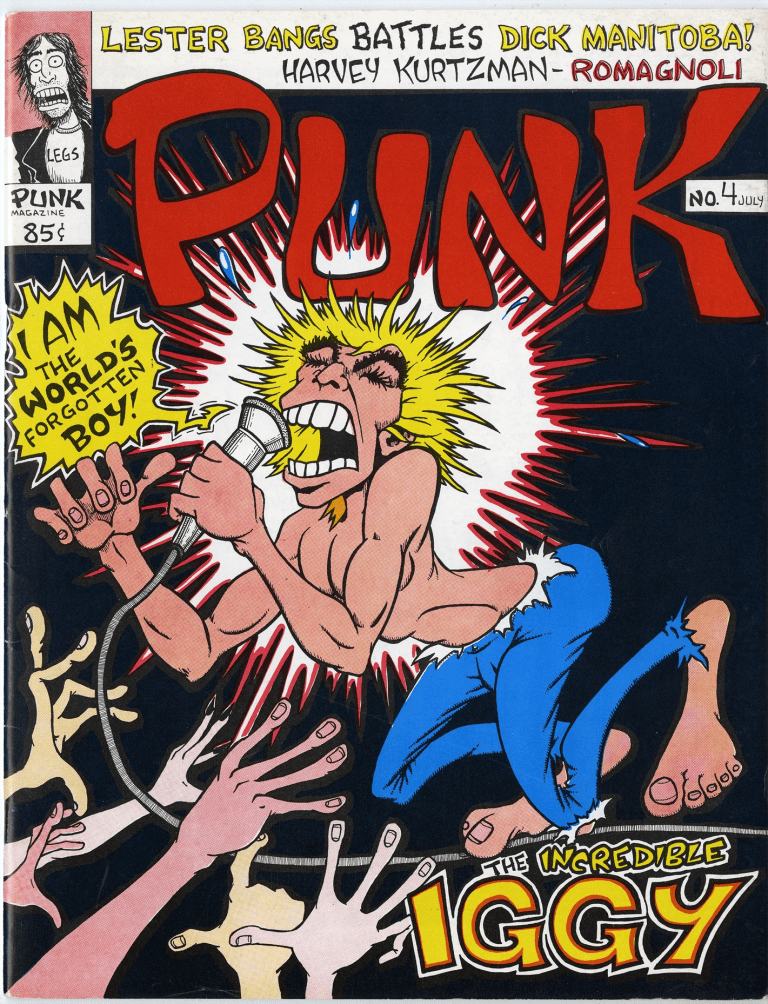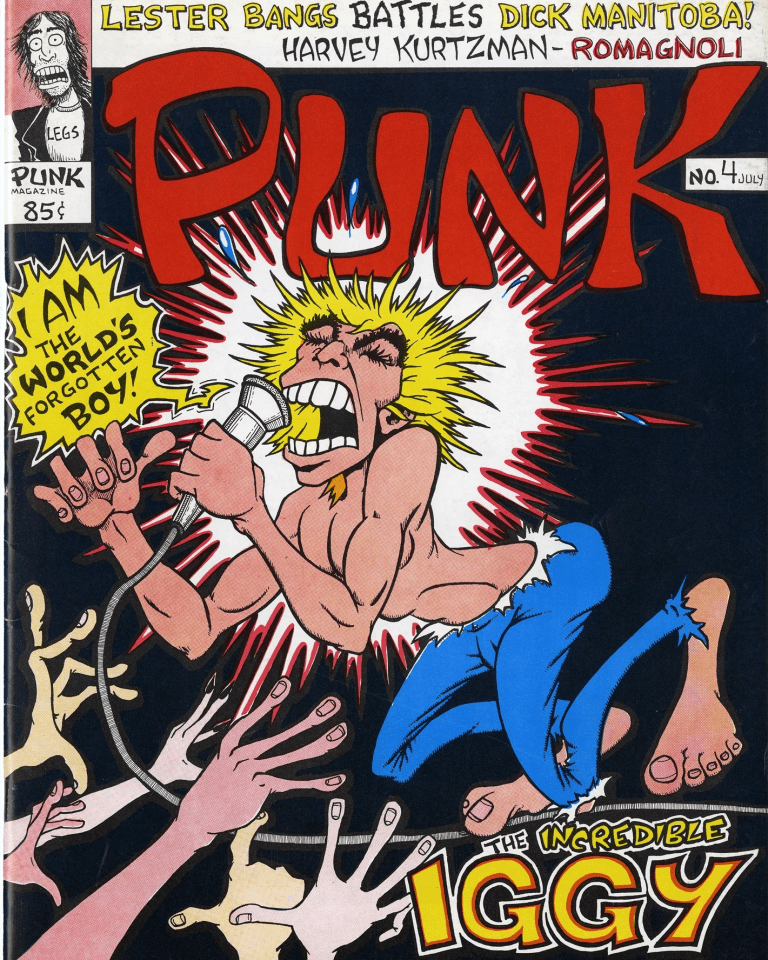From the SVA Archives: Students Explore the College’s Collections
A Humanities and Sciences class studied little-seen objects in the Milton Glaser Design Study Center and Archives for a group project last year.
Punk Vol. 1 No.4, cover by John Holmstrom, 1976. From the Steven Heller Collection in the Milton Glaser Design Study Center and Archives at the School of Visual Arts.
Punk Vol. 1 No.4, cover by John Holmstrom, 1976. From the Steven Heller Collection in the Milton Glaser Design Study Center and Archives at the School of Visual Arts.
Credit: Milton Glaser Design Study Center and Archives
Credit: Milton Glaser Design Study Center and Archives

